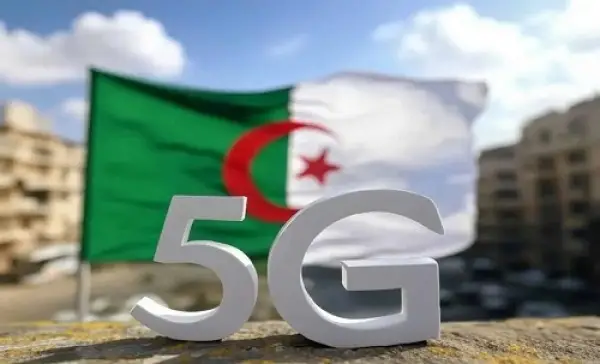The African telecom tower market is experiencing significant growth, with projections indicating an increase in the number of installed units from 208.31 thousand in 2024 to 261.21 thousand by 2029, reflecting a compound annual growth rate (CAGR) of 4.63%, according to Mordor Intelligence.
Over the past decade, the telecom tower industry in Africa has evolved dramatically, prompting tower companies to adapt their business models to meet the specific needs of the African market. These needs include rural connectivity, energy challenges, cost-efficiency, weather-resistant infrastructure, high mobile penetration with limited fixed-line access, rapid urbanization, the rollouts of 4G and 5G technology, regulatory complexities, and affordability for both operators and end-users. Private-public partnerships are also becoming more prominent in meeting these challenges. Many companies in the region are expected to concentrate on their core business of building and leasing vertical real estate, while also accommodating the growing demand for 5G antenna installations.
Nigeria has experienced the fastest expansion in telecom infrastructure, with the number of third- and fourth-generation telecom towers increasing by 73.2% in 2021 alone, according to the Nigerian Communications Commission. Global tower companies are capitalizing on this growth by forming strategic partnerships to seize emerging opportunities.
Driving Forces Behind Telecom Tower Demand
The rise of mobile workforces and the growing ‘bring-your-own-device’ (BYOD) trend are major drivers of the need for fast, reliable networks. As organizations increasingly adopt BYOD strategies to improve employee interaction and operational efficiency, the demand for telecom towers continues to rise. Additionally, the global rollout of 4G LTE and investments in cloud-based services are prompting carriers to expand their networks, leading to more telecom tower deployments across Africa.
Improving internet connectivity in rural areas is a key priority, with both governments and private organizations investing heavily in digital technologies and smartphone penetration to boost internet adoption on the continent. Privately-owned tower companies, which lease space to mobile network operators (MNOs), are contributing to this infrastructure expansion. These tower companies are expected to dominate the market, driven by the rising demand for network rollouts and telecom tower acquisitions by MNOs.
Sub-Saharan Africa Telecom Tower Landscape
According to Ericsson, 5G subscriptions in Sub-Saharan Africa are expected to surpass 104 million by 2027, further emphasizing the demand for robust 5G infrastructure. A study by TowerXchange found that Nigeria leads the region with 40,656 telecom towers, followed by South Africa with 23,978 towers and Kenya with 12,555 towers. Other countries showing substantial tower deployments include Ethiopia with 10,600 towers, the Democratic Republic of Congo (DRC) with 7,066 towers, and Ghana with 7,143 towers.
Other notable markets include Tanzania with 8,328 towers, Angola with 6,550, Uganda with 5,611, and Cote d’Ivoire with 4,986. Countries such as Mozambique (4,600), Senegal (4,708), Zimbabwe (3,400), and Zambia (3,485) demonstrate moderate tower deployments, while Madagascar (3,229), Niger (2,851), and Burkina Faso (2,781) are emerging markets with growing segments. Gabon (993), Namibia (889), Chad (1,580), Malawi (1,328), Rwanda (2,021), and Congo Brazzaville (1,069) are also gaining traction, with increasing mobile penetration and connectivity demands fueling future expansion.















